Senecio barbertonicus is also known as the ‘succulent bush senecio’. Anyone who loves growing and caring for succulents would have come across this luscious plant while searching and researching which succulent you want to grow at home.
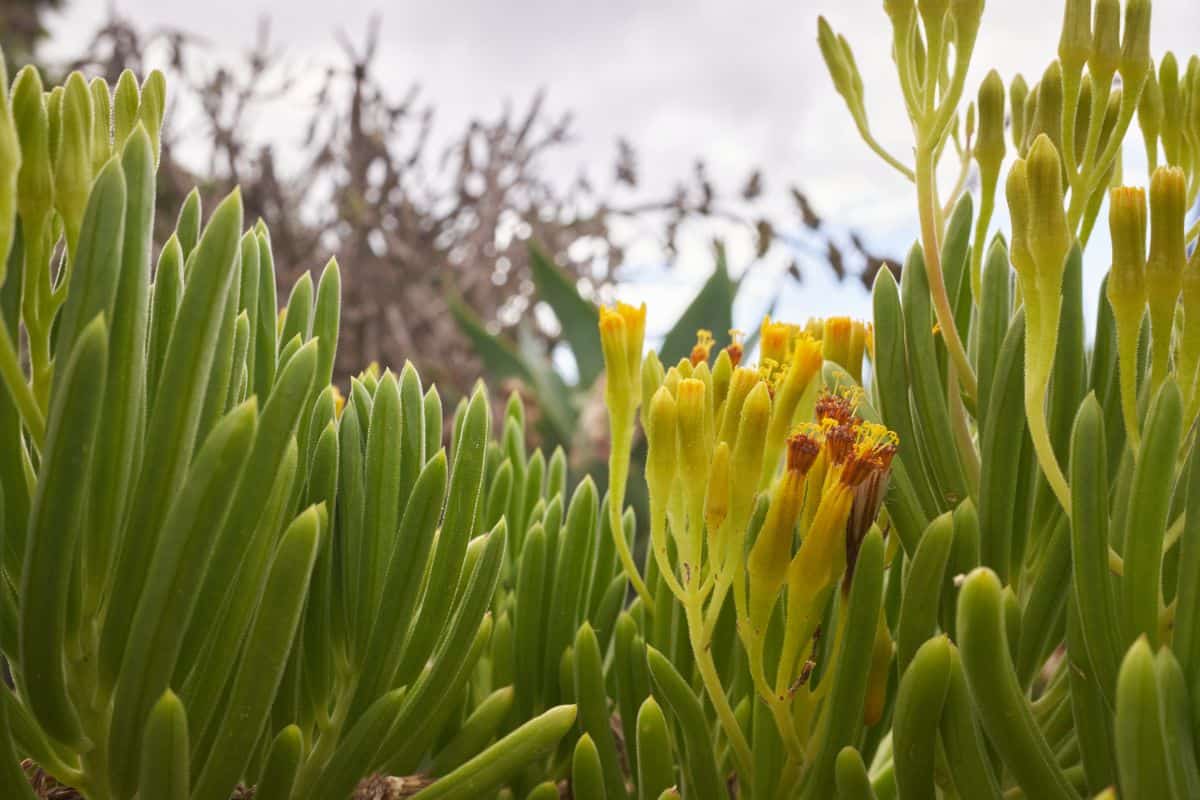
This post covers everything you need to know about senecio barbertonicus, from what it looks like, to its ideal growing conditions, and even how you can propagate it. Let’s dive in and learn more about this dainty succulent.
Jump to:
Description
| Name: | Senecio Barbertonicus |
| Soil: | cactus potting soil |
| Blooming: | Late summer to early fall |
| Light: | full sun for at least six hours every day |
| Water: | When the soil is completely dry |
| Propagation: | Cuttingss offsets and seeds |
The senecio barbertonicus is an evergreen succulent. This succulent looks like a bush, which is where it got its nickname ‘succulent bush senecio’. If you care for your succulent correctly, you can expect small yellow flowers to bloom during the spring, which certainly looks spectacular in a succulent garden!
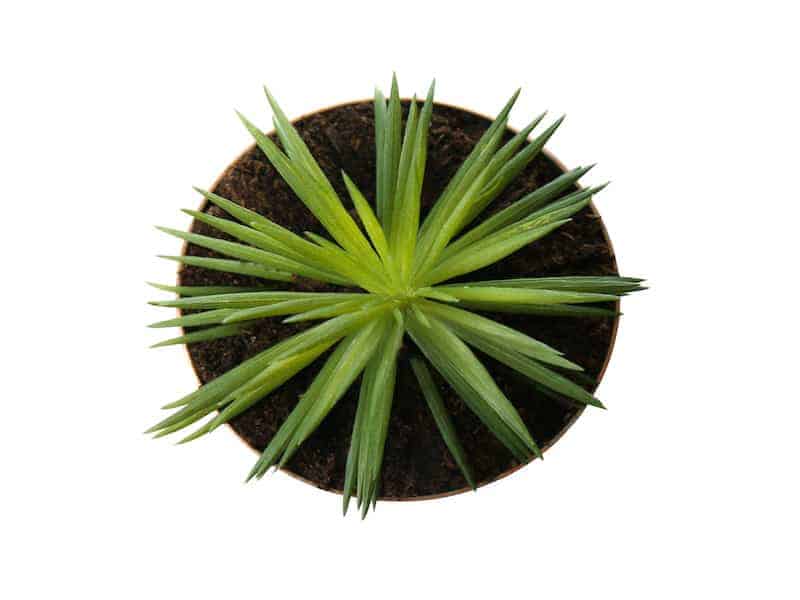
Buy it from:
These succulents can be potted in small pots and displayed on windowsills and tables around your home or office. You can also plant them in the ground or in garden containers which will allow your succulent to grow between three and five feet fall.
Cultivars and Hybrids
If you want to grow a different variety of senecio barbertonicus, you can! A popular hybrid plant is the Aeonium Velour, which does not resemble the senecio barbertonicus in any way! The Aeonium Velour grows deep red rosettes with a lime green center.
Care
Like most succulent plants, the senecio barbertonicus succulent is very easy to care for and is considered a low maintenance plant. Unfortunately, because it is so low maintenance, over-fussing can cause it to deteriorate very quickly, which is why we have outlined its specific care needs below.
Light
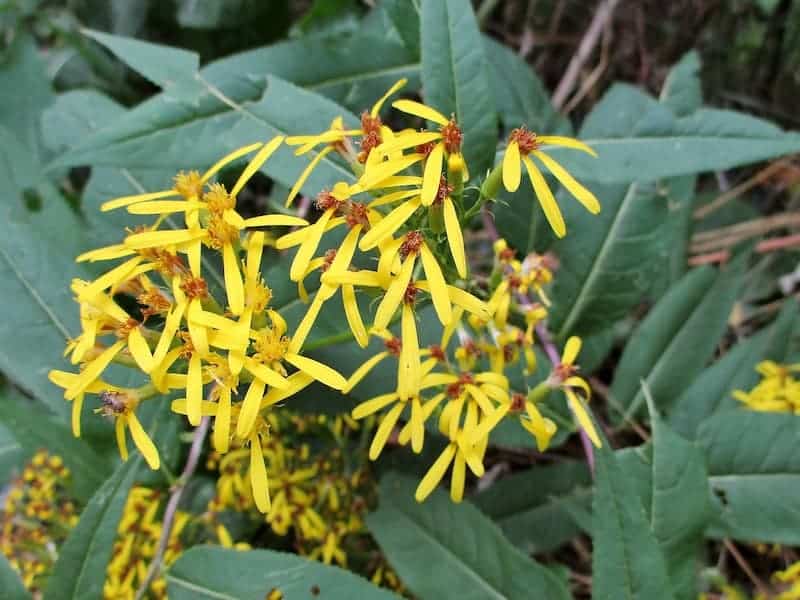
No products found.
Your senecio barbertonicus should be placed in full sun for at least six hours every day. If you want to plant this succulent in your garden, you should ensure that the plant is situated in an area with direct sunlight for the majority of the day.
Succulent plants can get sunburnt, so if you live in a very hot area, you should consider protecting your plant with shade cloths. Shade cloths allow sunlight to reach the plant, without damaging its leaves. Take a look at this article to learn more about shade cloths.
Water
One of the reasons senecio barbertonicus is such a popular plant is because of its drought tolerance. This succulent needs very little water to survive and can go for long periods of time without being watered at all.
The best way to know if your plant needs water is to touch the soil; if the soil is completely dry, you should add a moderate amount of water, if the soil is still dame, you should leave it and check again in a day or so.
Top Tip: Check the soil daily to ensure you do not forget about your plant. When it requires water, do not water it overhead, instead, water the soil directly.
Temperature
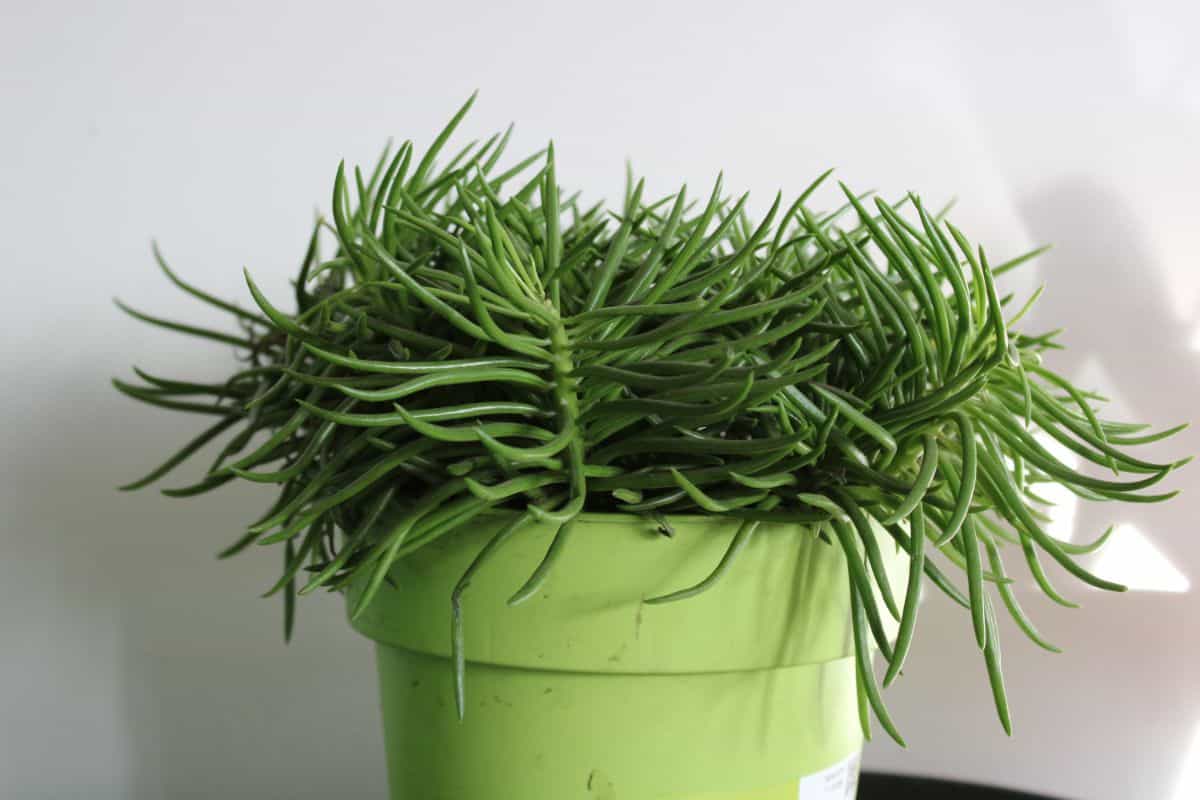
There are two weather conditions that senecio barbertonicus hate - humidity and frost. If your succulent is exposed to humidity for long periods of time, its thick leaves may begin to rot. Frost could cause the water inside the succulents leaves to freeze and burst, which will cause permanent damage to your plant.
Although senecio barbertonicus is not frost-tolerant, it can grow in areas that get as low as 25 degrees Fahrenheit, so it is suitable for USA hardiness zones 9a to 11b. The best way to control your succulent’s growing environment is to grow it indoors. This is the best way to care for your plant if you live in a climate that is not suitable for succulents.
Soil
You should pot your senecio barbertonicus in cactus potting soil. The soil should be fluffy and porous with brilliant drainage. Do not plant your succulent in shop-bought pre-fertilized potting soil or directly in the ground without checking its drainage and consistency first.
Propagation
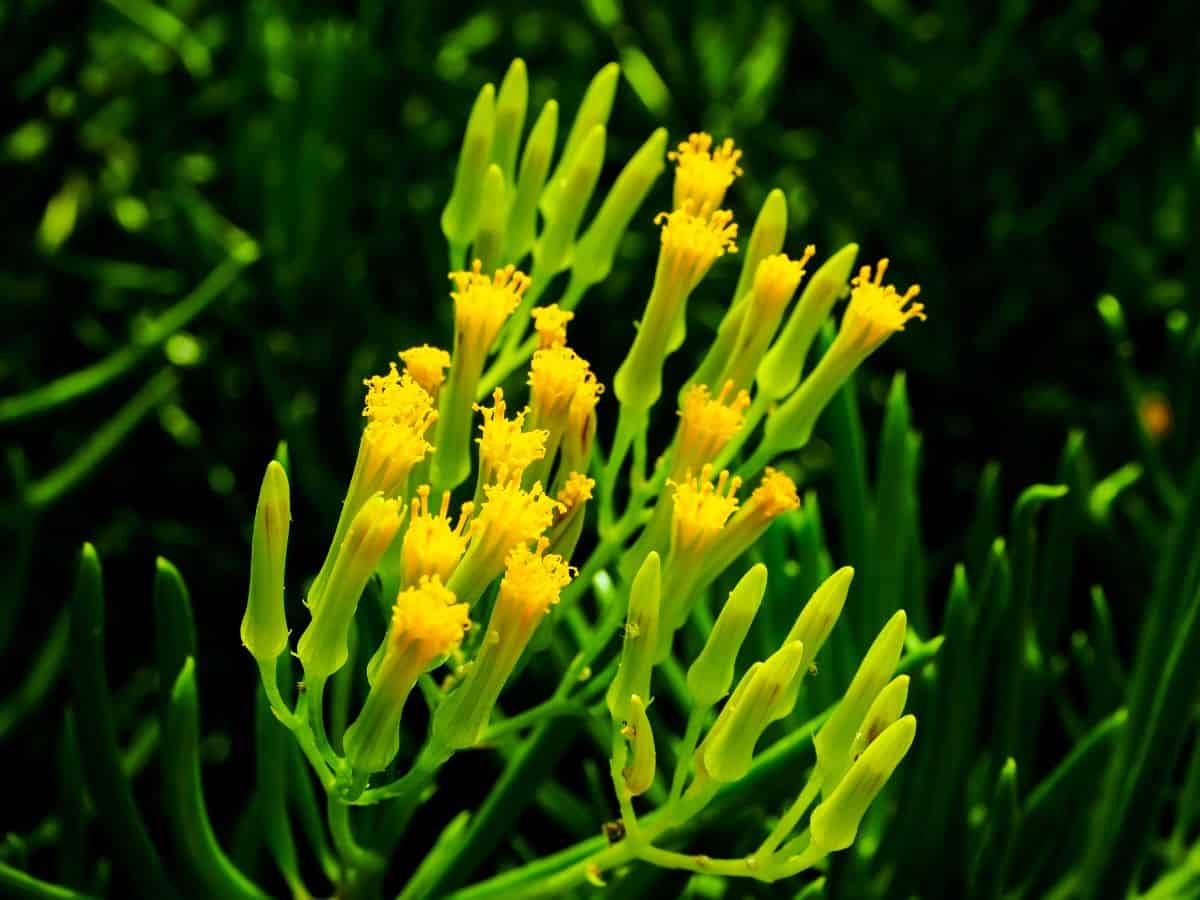
You can propagate your succulent from cuttings. Although senecio barbertonicus can be propagated any time of the year, you should aim to propagate your plant during the spring for a higher chance of success.
The cuttings need to be callous for 48 hours before being potted in well-drained soil. Once you have potted the cuttings, you should care for the propagated plant as you would a full-grown succulent.
Seeds
You can grow senecio barbertonicus from seeds. All you need to do is to plant the seeds in well-drained soil, cover the tray, and place it in a sunny location until you see that your seeds have germinated.
Cuttings
If you wish to propagate senecio barbertonicus from softwood cutting, then you should do so in late spring. The cuttings should be left to dry out for up to two weeks before planting them in well-drained soil.
Offsets
This succulent plant produces piles of offsets on long stolons. Regular trimming and grooming will cause more healthy offsets to grow.
Common Pests and Problems
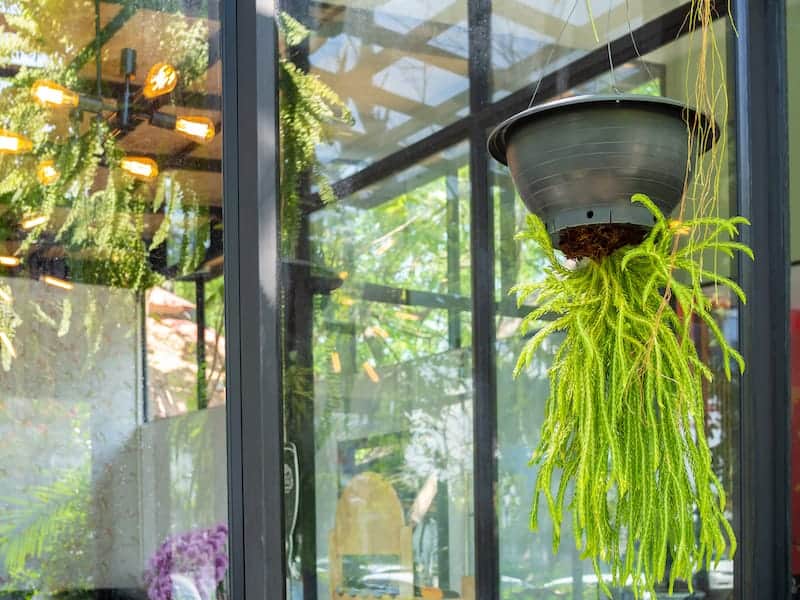
Although the senecio barbertonicus is not prone to pests and diseases, it can develop root rot and powdery mildew if the plant is overwatered.
Look out for soft or soggy leaves that are black or yellow in color to determine if your plant is suffering from root rot. If your succulent is resembling signs of overwatering, you should trim off any of the damages from the plant and re-pot your succulent in very well-drained dry soil and water only when the soil is completely dry.
Your succulent could display signs of distress if it is not getting enough sunlight. Senecio barbertonicus should always have luscious firm, thick, lime green leaves. If its leaves are not bright and firm, you should reconsider its location to a sunnier part of the garden or home.
Sources:


